It is Pacific Whale Foundation’s favorite time of year here in Australia – whale season! We have been conducting research into humpback whales since the 1980’s, gathering years of data that is crucial to informing us on trends in individual and population health, and how best to protect East Australia’s humpback whales. What does our research team have planned for this season?
DOLPHINS
Although we started with monitoring humpback whales, our research has expanded to other marine mammal species, like several types of dolphins. We are currently wrapping up a multi-year study to estimate the abundance of commonly recorded species in Hervey Bay. It is known that there are several resident dolphin species, but there is little to no information published about them – how many are actually in the area of Hervey Bay, where are they in the bay, and how they use it. The most common species we have encountered is the Indo-Pacific bottlenose dolphin, which is listed on the IUCN Red List as near threatened. One of the less common species we are collecting data on is the Australian humpback dolphin, listed as threatened by the Queensland government and vulnerable to extinction by the IUCN. Gathering these as-of-yet unknown data on them is critical for establishing a baseline of population health to guide future protection measures.
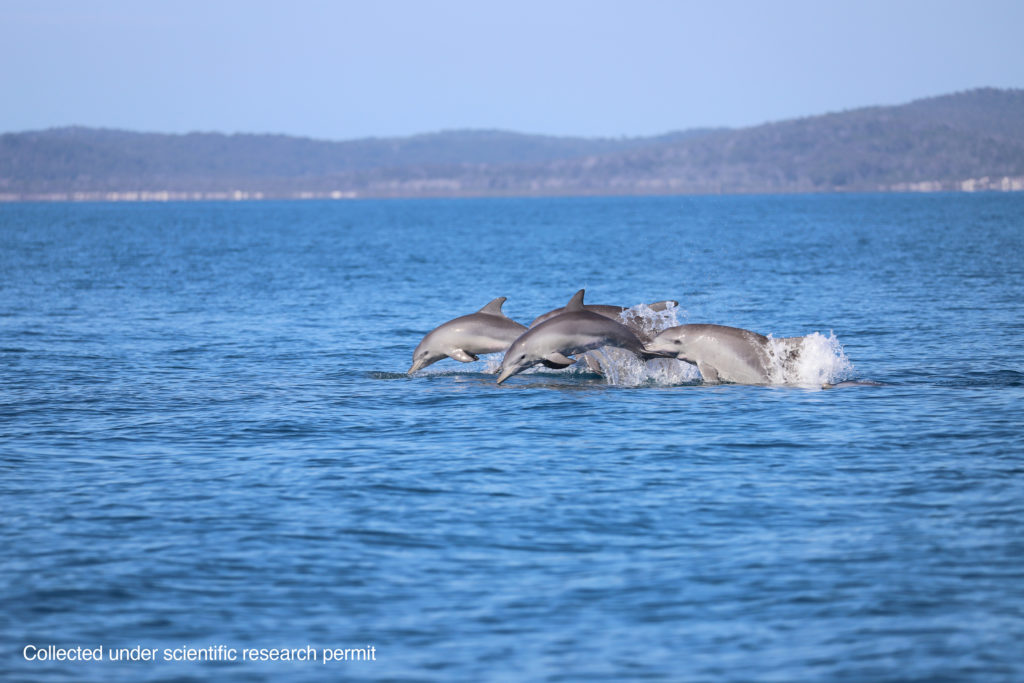
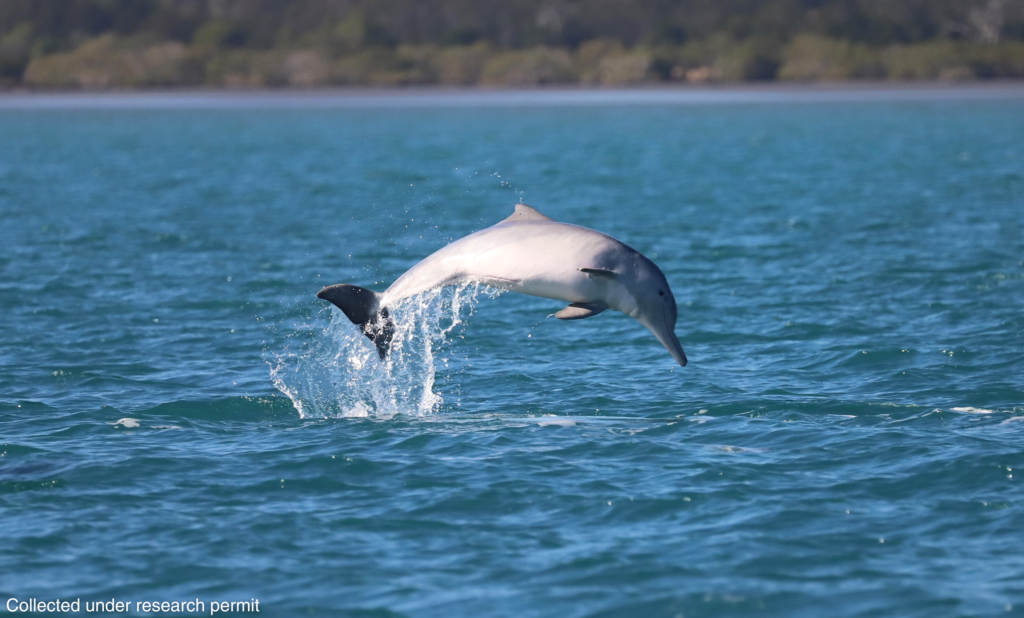
HUMPBACK WHALES
Once brought to the brink of extinction, humpback whale numbers have rebounded in recent decades. However, they still face major threats, which you can read more about HERE. In addition to our long-term monitoring we started in 1984 using photo identification and other methods, we will also continue our 5-year study using drones to assess body condition of individuals, which helps us determine overall health of the population. We measure the length and width of individual whales from drone images, which allows us to estimate their body condition. We can then compare this between individuals, between years, and between populations. This can give us an indication of how healthy our population is. Using these same drone images, we can also examine scarring – were these scars most likely caused by predators, vessel collisions, fishing gear entanglement, etc?; what is the rate of scarring?; how much of the population is showing scarring? How much of it is from human activities? Has it increased or decreased in recent years? As you can see, there is much data that we can gather from this research.
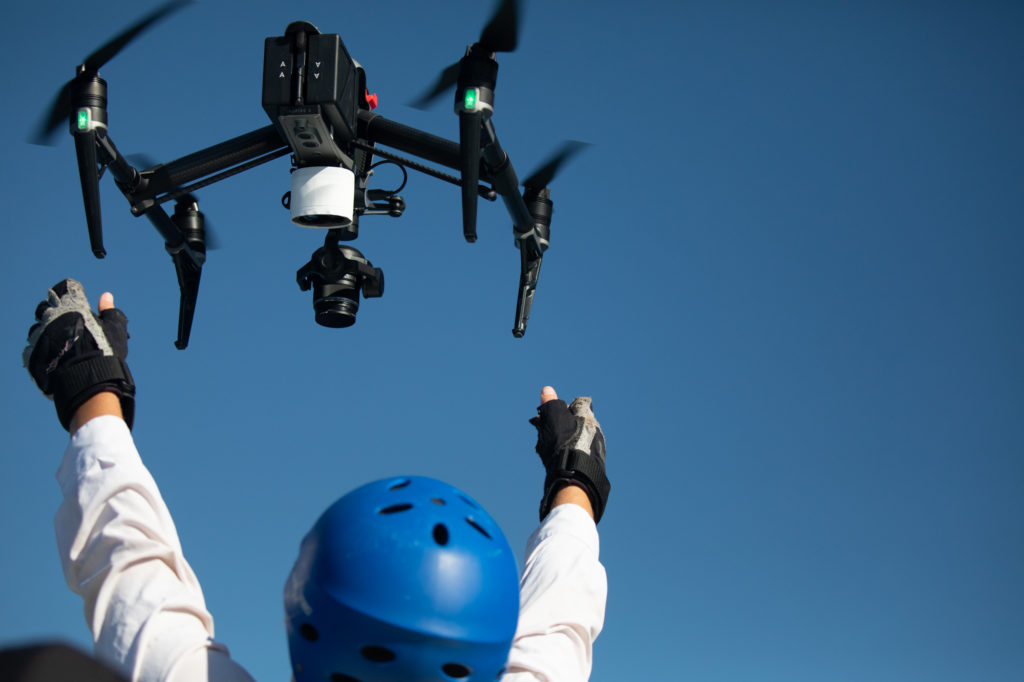
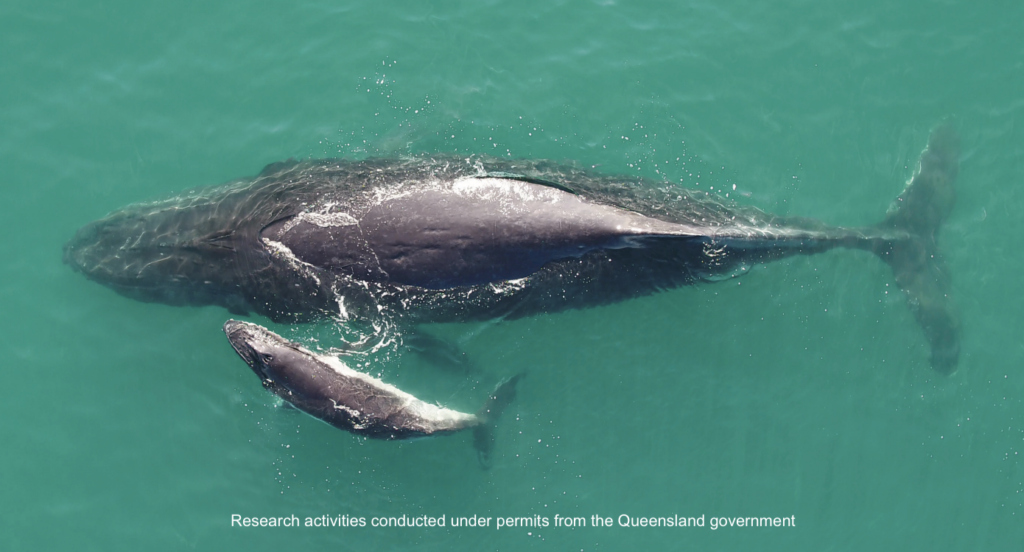

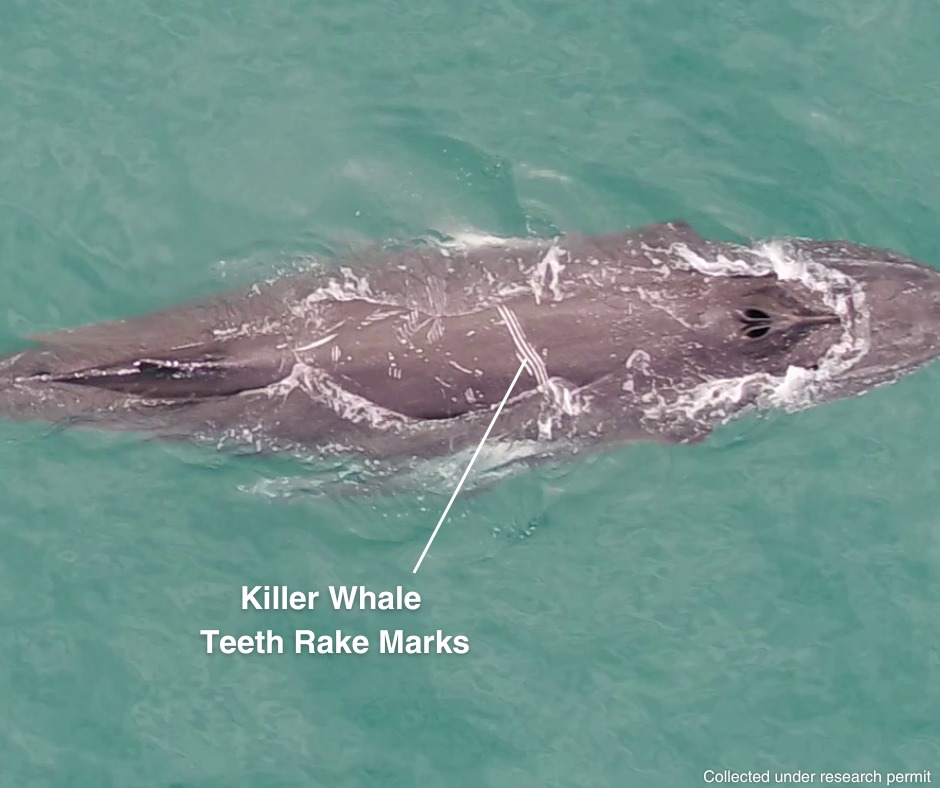
WHAT DO WE DO WITH THE COLLECTED DATA?
Field research is the first step in the scientific process of studying these marine mammals. Once data collection is complete, we get to work on data processing, analyzing, writing up the results in a study, and submitting this to a journal for review, where it will be reviewed by independent scientists who provide a critical review of the study. These steps typically take 1-2 years.
We also have several collaborations in place with other research organizations to increase the potential impact of our work, which we use to advocate for important policy decisions. We attend many important conferences at home and around the world each year. Upcoming in November is a biannual conference in Perth, with several of our researchers presenting on a multitude of topics.
The ocean and the marine animals that call it home still hold many unknowns, but every bit of data we collect and each study we conduct is like gathering another piece of the puzzle.
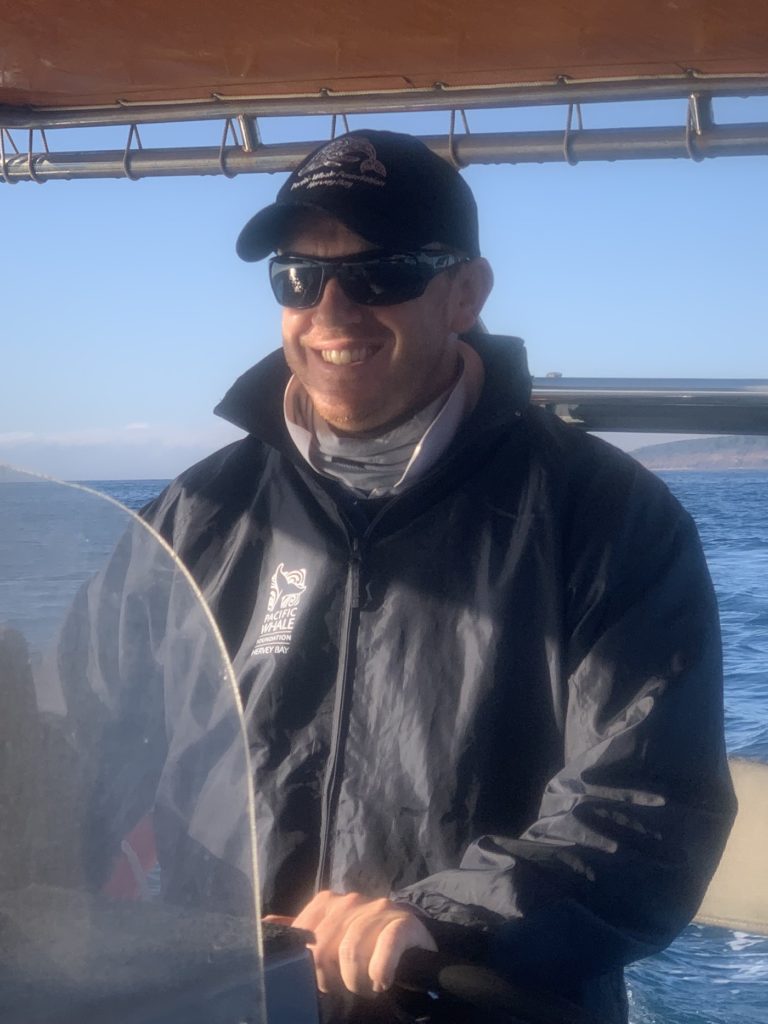
Thank you to all of our supporters that make our work possible. We would not have been able to keep up the continuous decades-long research into these animals without you.
As Australia’s Research Associate Dr. Barry McGovern points out, “The key to studying any long-lived animals is long-term data. Short-term studies have many uses, like highlighting certain aspects of recent impacts, but to really see the full extent of it, you NEED those long-term data sets.” He goes on to say, “I like working at PWF for many reasons, including that they aren’t afraid to think outside the box, and that they are fully on-board to spend the time, effort and money on things that are genuinely usefully to the conservation needs of a species.”
You can donate to Pacific Whale Foundation’s research and conservation efforts HERE. You can also help by joining us on one of our award-winning whale watches!
Read a recent Australian Geographic article on our work and our award-wining ecotours that help fund that work HERE.
